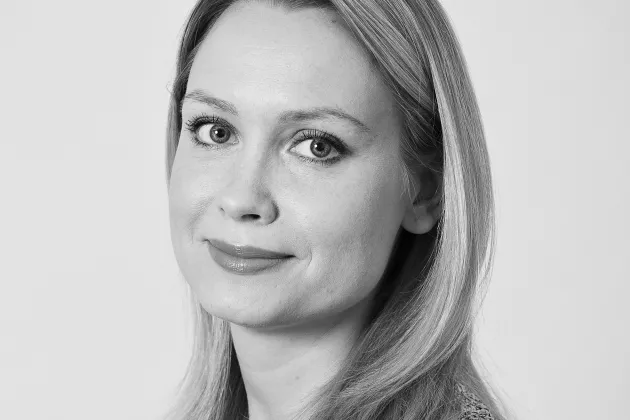Sustainability issues typically occur far upstream in companies’ supply chains, yet companies have limited visibility into these distant supply tiers and often do not know their indirect suppliers. With growing scrutiny from new due diligence regulation, investors and other stakeholders, such upstream sustainability issues turn into financial, reputational, operational and legal risks.
Recently, companies have therefore started adopting satellite technology as a tool for gaining systematic, continuous and direct oversight of issues like deforestation occurring far upstream to complement standards and certifications. This could transform multi-tier SSCM dynamics but, being a novel phenomenon, it remains unclear which organizational capabilities and collaborations focal firms apply to leverage remote sensing's potential.
In this paper, we therefore analyze the current use of satellite technology in forest-risk commodity (e.g. palm oil or cocoa) supply chains, combining dynamic capabilities theory and a multi-tier SSCM framework. We triangulate nsights from interviews, documents and observations in a qualitative content analysis, and our study finds that effective multi-tier SSCM relies on (a) internal resources providing four functions (traceability; monitoring; follow-up; stakeholder accountability), (b) complemented with external resources accessed through strategically selected collaborations that (c) take the form of working along supply chains, across supply chains and across sectors.
The results show that technology-driven multi-tier SSCM can hold strategic benefits beyond risk reduction. This is especially timely and relevant considering the changing legal landscape in the EU: In fact, the upcoming EU Regulation on deforestation-free products (a.k.a. EU Deforestation Regulation, EUDR) will require companies to provide geolocation data for all forest-risk commodities imported into the EU and to provide monitoring of potential deforestation using e.g. satellite imagery. Further research will be needed to assess these practices and emerging potentials and challenges as more companies start using satellite technology for sustainability monitoring of supply chains.
The paper was developed in collaboration with a colleague from Copenhagen Business School.
Read the article (open access) here.




